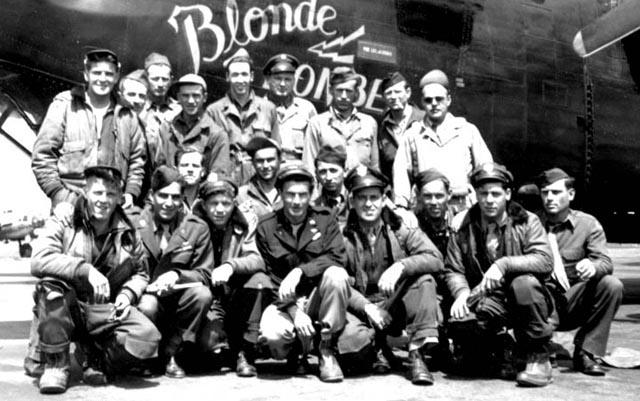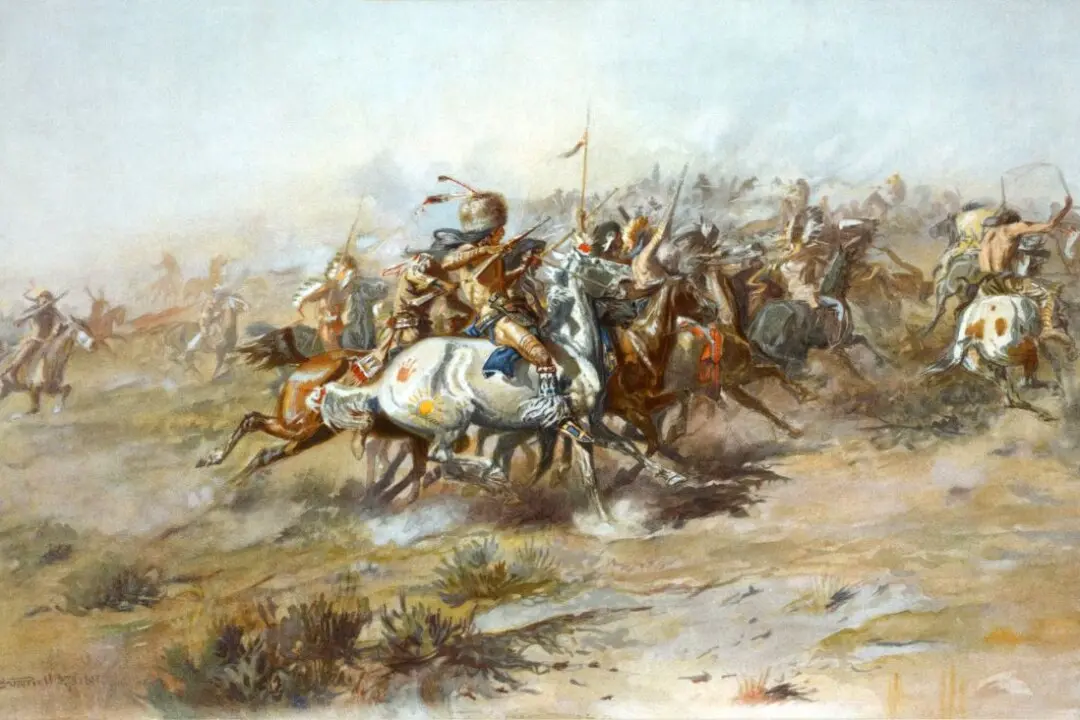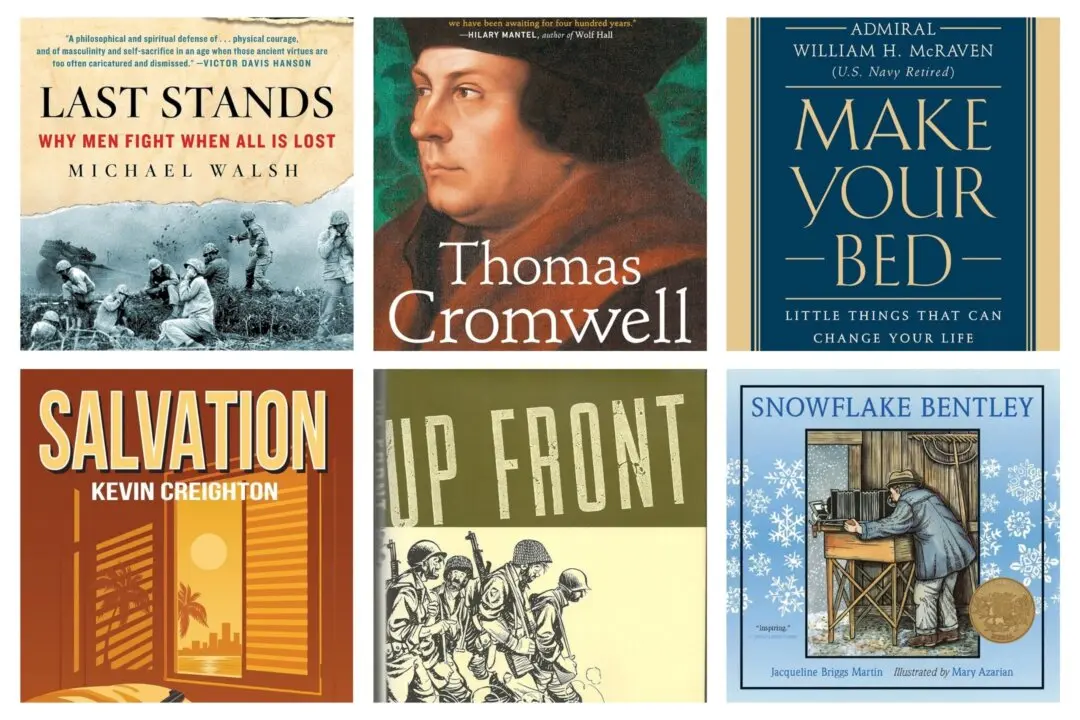On the wall in the closet where John Gleeson slept was an image of disaster and tragedy. On May 6, 1937, the German zeppelin, Hindenburg, burst into flames before a New Jersey crowd of curious onlookers. When the local newspaper in Long Beach, California, covered the story, the photo of the Hindenburg engulfed in flames was plastered across the front page. The 12-year-old Gleeson cut out the image and pinned it to his wall. For the young Gleeson, the image never conjured a fear of flight; if anything, the image had the opposite effect.
“I’ve never been a fearful person,” the now-100-year-old Gleeson said.






